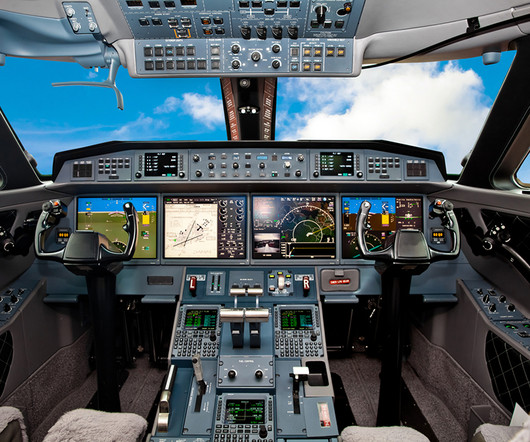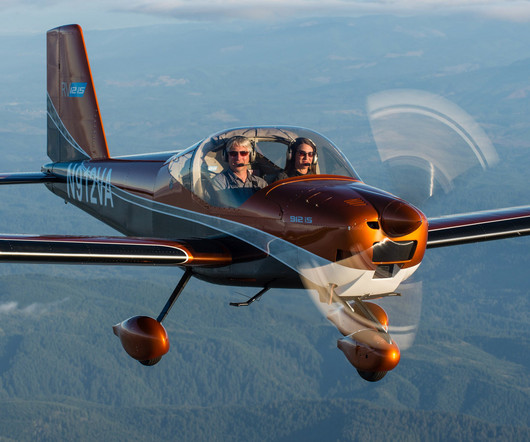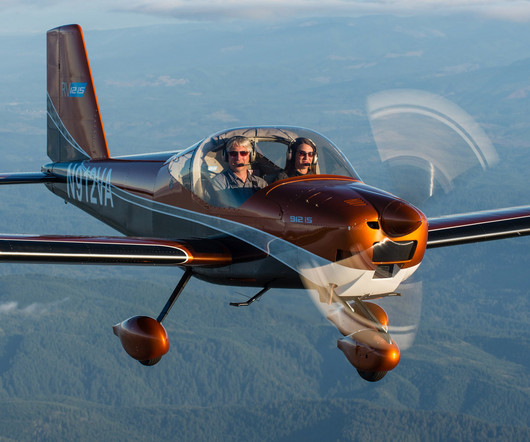Examining over 100 years of flight automation and the history of the autopilot
Aerotime
APRIL 3, 2025
The 56 aircraft that participated in the 1914 competition presented a wide range of aviation innovations, ranging from assisted starting mechanisms, automatic carburetors, basic stabilization systems, and many other innovations that purported to benefit aviation safety. These inconsistencies caused the autopilot to disconnect.












Let's personalize your content